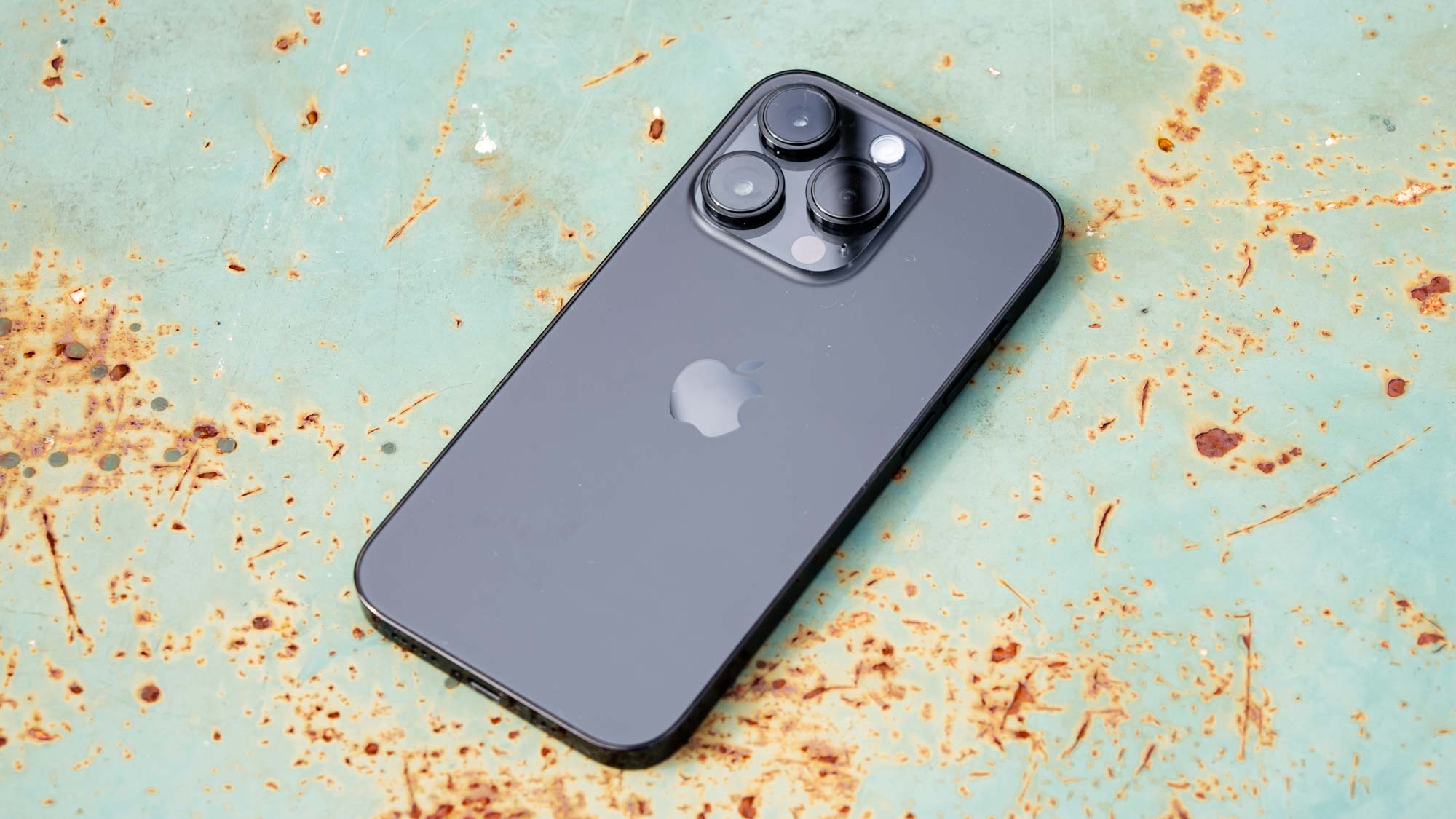iPhone 15 Pro’s A17 Bionic chip could be a much bigger deal than we thought

Apple’s A16 Bionic chipset is already an absolute powerhouse as anyone who uses an iPhone 14 Pro or iPhone 14 Pro Max would know. But it sounds like that chipset’s successor may be significantly more impressive — so much so that the A17 Bionic is being tipped to spark “replacement demand” among people with older iPhone models.
Or at least that’s what suppliers in Apple’s iPhone supply chain have said, according to a new report from DigiTimes (opens in new tab). Apparently the 3nm technology reportedly being used to make the A17 Bionic will “enable significant specification upgrades in the upcoming iPhone series,” the report claims. Those updates are significant enough that suppliers are anticipating increased demand for the iPhone 15 Pro and iPhone 15 Pro Max, the phones most likely to feature the A17 Bionic when they ship later this year.
We’ve been hearing rumors about Apple using 3nm chips for the past several weeks now. The latest report claimed the company had acquired the entire first production run of TSMC’s new N3 process semiconductors. The 3nm process is said to deliver a 35% improvement to power efficiency over TSMC’s 5nm N4 process — i.e. the components used in the A16 Bionic.
Performance is also expected to get an unspecified boost, as is often the case when chipsets shrink. The smaller the chipset, the higher transistor density and the better the performance. Power consumption drops for the same reason.
It’s also been reported that Apple will likely be the only major player to use a 3nm process during 2023. Not only did Apple reportedly buy 100% of TSMC’s first production run, denying rivals access to 3nm chips, another DigitTimes report (opens in new tab) claims rival chipmakers Qualcomm and MediaTek won’t be developing 3nm chips of their own.
MediaTek only holds a small segment of the high-end smartphone chip market, and will have to hold off due to production costs. Meanwhile Qualcomm is reportedly taking a “wait-and-see” approach that’ll see it sticking with a 4nm process for the time being.
The question is what kind of upgrades the A17 Bionic could offer as a result. Better power efficiency and performance are fantastic upgrades to have, but they’re not the kind of thing casual buyers are usually interested in. Not that we aren’t excited to see how much the iPhone 15 Pro Max’s battery life can improve considering its predecessor already has one of the best phone battery lives.
So it’s going to be interesting to see what Apple comes up with, and whether those suppliers were right on the money.
Of course, the iPhone 15 Pro series is also rumored to come with a bunch of extra features. There’s word of a periscope camera, solid-state volume and power buttons, a slight refresh to design and a new “state of the art” Sony camera sensor.
As for the standard iPhone 15 and iPhone 15 Plus, we expect that both phones will come with an A16 Bionic chipset — much like how the iPhone 14 came with the A15 Bionic when it debuted last fall. Rumors also suggest that the Dynamic Island will make the jump from the Pro series phones, and all four new phones are expected to come with USB-C connectivity — the first iPhones to adopt the charging standard.
For all the latest Technology News Click Here
For the latest news and updates, follow us on Google News.
